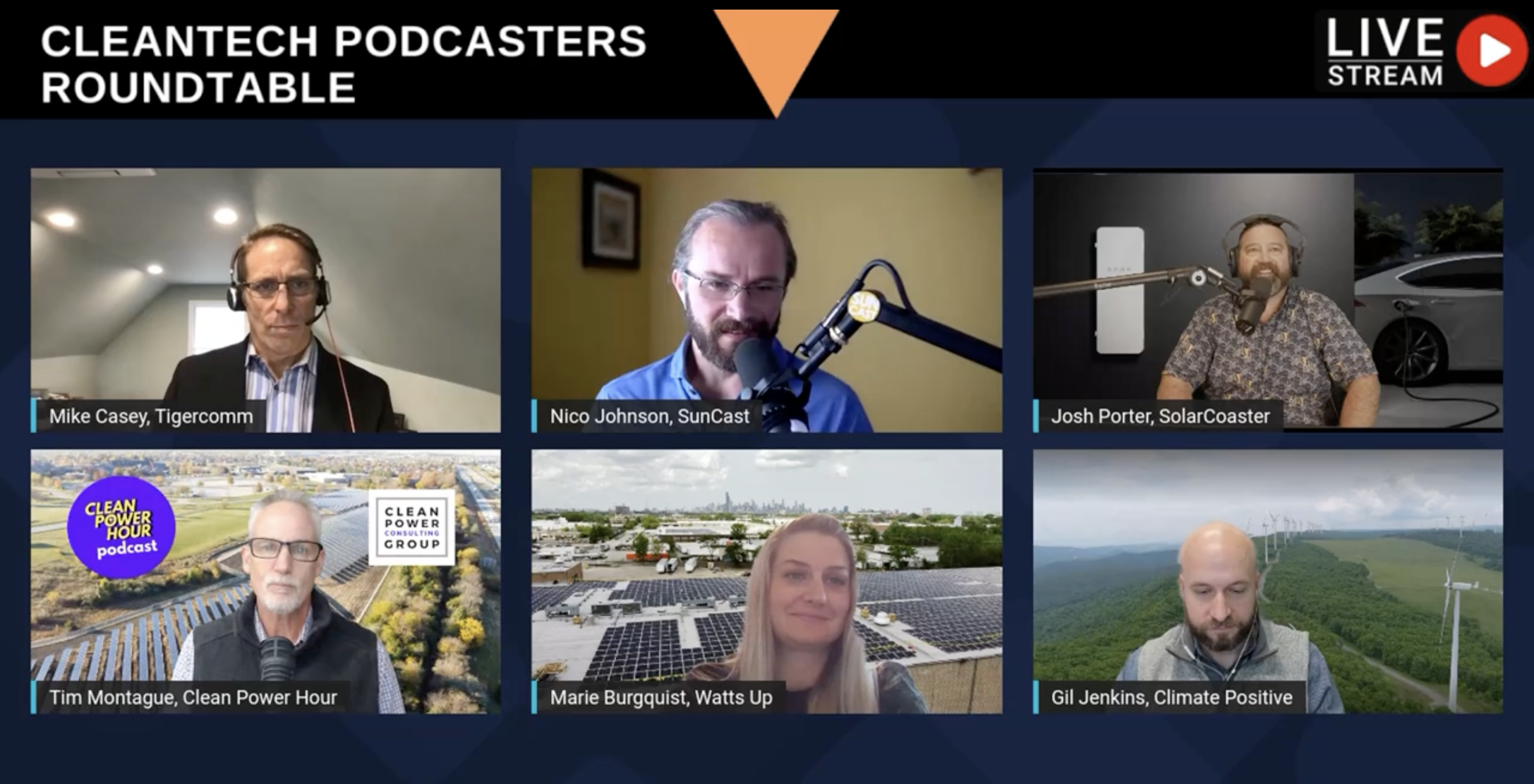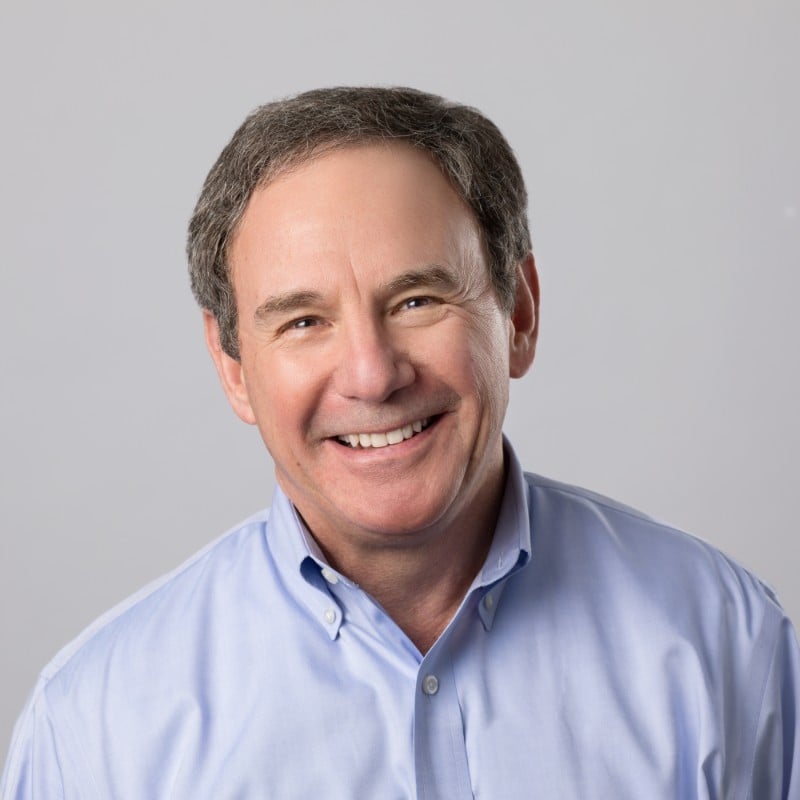Insights
Scaling Clean
#Cleantechers, The New York Times’ David Wallace Wells is out with a fascinating piece, “Clean Energy Is Suddenly Less Polarizing Than You Think.” The headline writer should have swapped in “Surprisingly” for “Suddenly,” to better reflect the writer's views. But I quibble.
I think Mr. Wallace-Wells is correctly spotting the trend line, but I fear he sees it as longer than it really is. We're still a long way from pulling clean energy back from the culture wars into apolitical, mainstream business. Then again, 10 years of working on this frustrating problem might have infected me with too much skepticism. Only time will tell.
Mixing both insights from the piece and some personal observations, here’s what seems certain in the home stretch of Q1 ’23:
1.) The party-line vote on the landmark Inflation Reduction Act (IRA) was not heavily weaponized in the 2022 election cycle.
2.) Much of the IRA’s spending is in the form of tax credits, designed to resist unwinding by hostile, headline-seeking politicians carrying water for the fossil fuel lobby.
3.) Despite some early chest pounding by now-Speaker Kevin McCarthy and Rep. Cathy McMorris Rodgers, House conservatives have not gone after the IRA via the DOE Loan Guarantee Program – at least not yet.
4.) #Renewableenergy factories and power plants are being largely built in politically conservative, “red” areas. People in those communities heavily associate clean energy with President Biden, whom they despise.
5.) Building #wind and #solar farms is increasingly difficult.
6.) A handful of anti-clean energy operatives are working to stoke local opposition. They're a significant but supplemental factor. Each has past and/or present ties to the fossil fuel lobby.
7.) Clean energy has spent the last 10 years under-investing in its public case making, particularly in rural communities.
There’s a growing recognition that we have to change that last point. Speed and scale will go a long way in determining our collective fate.
The good news is that more and more, it’s our hands on the steering wheel. Let’s drive forward, and fast.
https://lnkd.in/eD7ngWyV
#Cleantechers, one of the best things about my job is getting a close look at technologies with world-changing potential. Rondo Energy's "Heat Battery" is one of them.
The Heat Battery is the brainchild of past and current client, John O'Donnell. For a decade, this brilliant inventor has patiently evangelized that the world can store #renewableenergy-generated heat much more cost effectively than electricity from wind and solar.
By using basic bricks to store heat, Rondo's opened a path to rapidly decarbonizing heavy industries that traditionally require lots of heat, steam and power – creating a massive carbon pollution footprint.
As John told David R. Baker of Bloomberg in this story: "If you want to get to scale fast, it had better be boring — you’d better not have material science to prove.... We’ve combined stuff the world knows how to make at scale.”
Let's roll.
#Cleantechers - Few electrons in the universe will move differently because I'm named as a finalist with honorable mention for the Cleanies' "Trailblazer" award.
Don't get me wrong, I'm happy I got that far. My mom will be thrilled. My kids might nod their heads (Ashlyn Casey). Maybe my wife will say "good job" this weekend before telling me to clean out the dog run.
But I think there's bigger significance here that's worth pointing out. I remember when clean economy was so nascent that an awards program would have been laughable.
We know times have changed because:
1.) This award program actually exists.
2.) There's enough momentum and growth in our sectors that companies and people apply/submit others for consideration. Lots of them.
3.) People actively compete to win.
It's super gratifying to see clean economy continue to expand. Bigger trade shows, increased association budgets and award programs are all leading indicators. That is what's worth celebrating.
Congrats to winners Marion Hill, Chris Perron, Michael Eckhart and co-honorable mention Janani Ramkumar.
Also, John Engel and Julia Pyper for winning their respective categories.
The phony Solyndra non-scandal of 2010-12 was catalyzed by a highly publicized FBI raid. It was then driven by an Iron Triangle of fossil fuel-funded front groups, fossil fuel-funded politicians running three congressional investigations, and conservative media echoing the resulting themes.
Just before the holidays, we hosted a year-end episode of the Cleantech Podcasters Roundtable. Our lineup changed a bit, with the happy addition of John Belizaire.
Here are our “B3Ps,” or Big 3 Points from that episode. You can read the full transcript below.
1. At the risk of sounding like a broken record: The Cleantech sector needs to invest more time and resources into messaging. Fossil fuel front groups are still working the mainstream media refs, spreading misinformation about the Inflation Reduction Act, painting ESG investing as “woke capitalism,” and the messaging that next-generation nuclear fission will be our climate savior. We have the tools to accelerate the energy transition, and our industry conversations should reflect that confidence I our public communications.
2. Expect grid resiliency, distributed energy resources, retrofitting, and workforce employment to be big topics for the new year — and more stories about people leaving “dirty” jobs for clean ones.
3. Let’s celebrate the people and organizations that helped prevent a pro-fossil fuel wave in the recent elections. Our participants gave laurels to: the Environmental Voter Project, Governor Kathy Hochul, Governor Gavin Newsom, and the California Public Utilities Commission.
Listen to the full episode on the SunCast Podcast:
Hello #cleantechers! Listeners of Scaling Clean know our show is designed to bring you management and leadership wisdom from experienced company leaders in the clean technology industry. Today, we are bringing you perspective from Jing Tian, who co-founded her own company early in her career and also led the U.S. presence for three different international cleantech firms. And Jing Tian is also Dr. Tian, who earned a Ph.D. in chemistry from Drexel University and served as a postdoctoral fellow in the Chemistry Department at Princeton University.
Continue ReadingEpisode 13: The Value of Role Models and Representation
Hello #cleantechers. On today’s Scaling Clean, a discussion with Silvia Ortin Rios. She has worked in the power sector her entire career. Silvia started as a contract trading analyst for TXU Energy in the late 1990s. Over a quarter century later, she is the CEO of RWE Renewables Onshore Wind and PV division. Silvia is the first woman to hold the position.
Our goal on Scaling Clean is to aggregate insights from CEOs, investors and advisors on building and running winning teams at clean economy companies. I am really excited to share this interview with our listeners because Silvia has experience as a key part of #cleantech teams in four countries on both sides of the Atlantic. She is a rich source of culturally-portable management lessons invaluable on the global stage.
Continue Reading
Effective Leadership in the Clean Economy: Insights from Claus Nussgruber
Episode 12: Realizing vs Maintaining Potential
Hello, #cleantechers. Ever heard the joke about the engineer who walked into a podcast interview and turned out to be a fountain of wisdom and soundbites? Well, our guest today is just that… except he’s no joke.
We closed our cleantech journalists panel at RE+ with a question we often like to ask our Scaling Clean podcast guests: Are you a climate optimist or pessimist – and why? Our panelists gave thoughtful answers, a mix of optimism and realism about the aggression of energy industry incumbents (read the fossil fuel lobby). We’d like to share their answers here.
Continue ReadingIn the U.S., the field of companies developing renewable energy farms is quickly expanding. There are a large number of new additions coming from developing countries, where project development faces a very different set of problem. Some would argue they are much harder to solve. But the question is, does developing renewable energy in developing countries equip a company to succeed in a market like the U.S.
Continue ReadingIn our podcast, Scaling Clean, we seek usable insights on building and running successful companies from the cleantech CEOs, investors and the people who advise them. Our RE+ interview with EDPR’s Tom Weirich didn’t fit our usual format (only 15 mins), but it sure was fun. Tom’s written what I’m confident is the first history of cleantech history. “We Took the Risk” profiles “OCs,” (“Original Cleantechers”), men and women who were real pioneers whose shoulders we’re all standing on in our work today. For us, though, the book’s subtitle is key: “The stories behind the early risk takers in the U.S. Renewable energy industry and the leadership traits that made them a success.” [Emphasis added].
Here are the qualities Tom noticed these OCs shared:
- Be the First
- Audacity
- Curiosity
- Connector
- Adventurous
- Foresight
- Adaptable
- Grit
- Enterprising
- Social entrepreneurship
- Servant leadership
- Innovation
- Persistence
When we convened our cleantech journalists live from the stage at the RE+ trade show, among the questions we posed was how clean economy would address its half-dozen major challenges: Permitting, storage, transmission, grid stability, workforce development, and mineral processing. We also wanted to know who would address them. Check out our panel’s answers from Jon Powers, Julia Pyper and Scott Cooney
Continue ReadingCleantechers, below I share some first impression takeaways from Tuesday’s election results. I offer these through the lens of my time in politics (25 years) but detached from any opinion I have about candidates or political views. These thoughts are offered strictly from a communications mechanics perspective, with the hopes that it’s of use to fellow clean economy communicators in your work going forward.
Continue ReadingWe know that most people won't watch the full 45 minutes of our live Cleantech Journalist Roundtable from the RE+ mainstage. We're starting a series of four excerpt videos that focus on particular parts of the discussion.
Continue ReadingWhoa.
When we first developed the idea of a quarterly investors roundtable with Andrea Luecke and the Cleantech Leaders Roundtable, we didn’t know how informative this series could be.
But after hosting the first episode, I’m at a loss on how to excerpt this uber-rich session into its B3Ps, or “Big 3 Points.” What I now realize is that within the confines of their investment strategy, these investors have to be master trackers of our sectors. If they don’t, they don’t succeed professionally.
Our panelists covered a TON of ground in an hour, all of it smart, insightful and very much worth listening:
Building Community Acceptance When Wind Project Opponents Organize Online, But Developers Don’t
Under Utilization of Social Media in Wind Energy Marketing
We recently conducted the first-ever review of the use of digital tools by Independent Power Producers’ (IPPs) to build community acceptance for wind farms in host communities.
Continue ReadingThis article was updated in November 2022 to reflect the most recent industry developments.
Video Marketing for the Renewable Energy Sector
We often hear from our clients and friends in cleantech that one of their biggest challenges is reaching and educating a wide and varied range of audiences. Whether it’s utility executives, corporate customers, policymakers or homeowners, an effective cleantech media communicator can usually get to a win, given the opportunity to sit across the table and have a personal interaction. But your team can’t be everywhere at once, and it can be difficult to reach these audiences at scale and educate them on your company’s value proposition.
Continue ReadingActive Listening and Grit with John Belizaire, pt. 2 — Scaling Clean Ep. 11
Hey #cleantechers, this week we’re back with part two of our conversation with Soluna Computing CEO John Belizaire. John’s current company is building modular green data centers that run on renewable energy. And though he just turned 50, John has already sold two companies.
Continue ReadingWe can’t say it enough: the Inflation Reduction Act is a landmark moment for our climate, and the clean economy and homeowners stand to benefit. When the bill was first passed, Tigercomm’s whiz researcher Jamie Meckley compiled a list of explainers for us to read. We know we’re still trying to make sense of the way these funds will be allocated, so we’re sharing that list with you in case it’s useful in your own research.
Continue ReadingI had the pleasure recently of talking with Joseph Batir, host of the Energy Transition Solutions podcast.
Joe and I talked about:
- Why I’ve found that working in the private sector is easier than working in politics or the nonprofit world via more rationalized client motives (4:25).
- It’s also more satisfying from a client-impact standpoint, because “You cannot sit at an environmental group and regulate the coal industry into sustainability. Some industries simply have to go. They cannot be kept around. Some industries like cement making can be made much more sustainable.” (13:00)"
- How few clean economy sectors are new industries because they’re not directly disrupting incumbents (13:59) and how disrupted incumbents push back hard through our form of legalized corruption known as campaign contributions. They do that instead of just handing over market share and going willingly out of business (15:19) “The disrupted are constantly reacting to the disruptors and the disruptors must manage that with fewer resources than the disrupted have.”
- Why B2B companies’ default reliance on jargony content hurts their sales and violates the Richard Branson rule of narrative simplicity “Any fool can complicate something. It takes a master to simplify it.” (27:10) and why your marketing collateral should be able to pass the “supermarket checkout test” (29:50) because it accommodates the reality that humans make emotional decisions first in order to make a rationale decision (31:27).
Episode 10: Active Listening and Grit with John Belizaire (Part 1)
Hey #cleantechers, ever hear about someone and feel at least a little bit awed by what they have accomplished in their lives? Well, we’ve got one of those folks featured in this episode of Scaling Clean.
We finally have the full-length video of our quarterly roundtable of cleantech journalists, which was held from the stage at RE+. Thanks to our friends at the trade show.
In the weeks ahead, we’ll produce a few excerpt videos. Each one will focus on a particular part of this discussion.
Thanks to our panelists:
We've got another great roundtable on the books. Below are our big three takeaways of the conversation.
1. The perception of green hydrogen as a climate solution is rapidly shifting towards positive.
2. While we wait for a national-level transmission buildout, the US would do well to consider alternatives like microgrids and community solar, home systems, and investing in R&D for potential new solutions.
3. Will the momentum of the IRA and record attendance at RE+ carry us through the next 5 years? Our participants had varying opinions, but we see a promising trend of clean energy turning into a business issue rather than a culture war issue.
Thank you again to our great roundtable guests:
Marie Burgquist of the Watts Up Podcast
Bill Nussey of Tech Square Ventures
Tim Montague of Clean Power Hour
Joshua Porter of Solarcoaster.co
Julia Pyper of GoodLeap
Gil Jenkins of Hannon Armstrong
I look forward to hearing your coverage as our post-IRA world unfolds and hope to see you again for our 7th podcasters cleantech roundtable.
I got to talk with Renewable Energy World’s John Engel about our recent paper, “We’re the People We’re Waiting For,” along with SOLV Energy CEO George Hershman. I loved what George said, and I encourage you to listen to at least his half of the episode.
Tigercomm talks a lot about improving social media strategies for cleantech companies to compete with incumbent fossil fuel interests. We’ve worked with a strategic SEO agency, Rampiq, for the past few years on our own site and are continuously impressed with the results. We’ve asked Rampiq to write a guest article explaining how clean economy companies can use SEO to boost brand recognition, sales, and the visibility of their products.
Continue ReadingIt’s been a tough couple of years on the conference scene, raising questions about what trade shows will look like post-pandemic. I have to say, though, that it feels like things are finally getting back to normal.
Our 8th quarterly Cleantech Editors and Reporters Roundtable convened last week in the midst of one of the most exciting federal climate moves of our time.
Continue ReadingEnergy Efficiency As a Business Opportunity With Al Subbloie - Scaling Clean Ep. 9
#Cleantechers, pay attention to this episode, because it’s a good one. As our readers know, we designed the #ScalingClean podcast to bring you management and leadership wisdom from experienced company leaders. We’ve got a heavily experienced growth company CEO for you in this episode who is lighting up the traditionally workhorse energy efficiency sector.
Continue ReadingZachary Shahan of CleanTechnica honored us by running our recent white paper, “We’re the people we’re waiting for,” and interviewed us for his CleanTech Talk podcast.
Continue ReadingAn Expert in "Breadth of Development" Kimberlee Centera - Scaling Clean Ep. 8
We designed this show to bring you wisdom from experienced company leaders, and this episode won’t disappoint.
Continue ReadingBefore publishing this paper, I had to change its subhead from “Angry about Joe Manchin? Take a number,” to what you read above.
Many working for the clean economy transition are now relieved by the senator from West Virginia because his change of mind has enabled the hugely significant climate bill to become a reality.
It would be a tragic mistake for us to put our feet up, figuring all’s well that ended well. Let’s be clear: This climate reconciliation bill almost didn’t happen. It’s smaller than it could have been.
Continue ReadingClean Energy Investment - Why Corporations Are Being Drawn to the Clean Energy Market Now
Note: this article was updated in August 2022 to reflect recent changes in the industry.
The Global Clean Energy Investment Landscape
The cost of renewable energy continues to become more competitive with fossil fuels as LCOE drops. Following passage of tax cut legislation at the end of 2017, Greentech Media reports, "Much of the conversation in clean energy circles…has revolved around a potential shrinking of the tax equity market -- which accounts for between 40 percent and 60 percent of finance for individual solar and wind projects -- because of the reduction in value of renewables credits." According to Greentech Media, however, it appears that - so far at least - corporate America is showing "continued interest in direct renewables investments."
Last week, a mix of regulars and new faces converged for the 5th Quarterly Cleantech Podcasters Roundtable, perhaps the best we’ve had so far:
Continue ReadingEnergy storage is a central, even crucial, component in the transition to a clean energy economy.
Continue ReadingGraham Richard Advises Cleantech CEOs on Driving the Shift to a Clean Future
Episode 7: Graham Richard Advises on Driving the Shift to a Clean Future
We describe this show as a podcast for clean economy CEOs, investors and the people who advise them. As both an investor and an advisor, Graham has a foot in two of those categories. But he’s also one of the few people in cleantech who have served in elected office. Mayor Graham Richard served the city of Ft. Wayne, Indiana from 2000-2007 before taking the reins at Advanced Energy Economy to advocate for pro-sustainability policies.
Continue ReadingCleantech executive teams are almost universally concerned with the impact of commoditization of their companies’ long-term growth. But if your product isn’t differentiated, then competing is just about winning on price – otherwise known as commoditization.
Continue ReadingDigital Solutions for Securing Community Acceptance of Wind Energy – With Will Eberle of E.ON North America
This article was updated in June 2022 to reflect new developments in the industry.
Continue ReadingThe Importance of Public Affairs in the Micromobility Industry
Micromobility (MM) risks the fate of other disruptive industries that underinvested in public affairs — and were wiped out by politicians as a result. The gaps in other sectors’ missteps have included: ineffective campaigns at the local level, lack of supportive coalitions, staff without government experience, and not showing officials how supporting micromobility is politically safe and beneficial. Among the approaches micromobility should consider: consistently using social media to flag riders on pending policy decisions that affect them, driving calls to action using segmented data, and engaging riders in taking “microactivism” steps from their phones.
Continue ReadingThe Oracle of Cleantech Speaks…. You Might Want to listen - Scaling Clean Ep. 6
We describe our podcast as “Scaling Clean, the podcast for clean economy CEOs, investors and the people who advise them.” Ken Locklin is the first we’ve had on the show from the last category. And there’s a reason for that: Ken is the cleantech oracle you probably haven’t heard of because he has the enviable combination of foresight and humility.
Continue ReadingEpisode 5: Navigating the Rough Waters of Cleantech
Abby Hopper is in her 5th year as the head of the Solar Energy Industries Association, the U.S.’s main solar trade association widely known as “SEIA.” She’s SEIA’s third CEO, taking over the reins right when the avowedly anti-renewables Trump Administration took power in 2016.
Continue Reading"Don't Ghost Your Host" - Improving Community Acceptance for Renewable Projects | Clean Power Hour with Tim Montague
Cleantechers, some of you might remember that last December, we released interesting numbers from bellwether Huron County, MI.
Groundbreaking polling methods were used to assess community attitudes toward renewables - and what it took to move them in a positive direction.
Since then, Tyler Duvelius, Robin Pressman and I have conducted an iterative road show to socialize the findings.
But when we talked with Tim Montague, we expanded the perspectives presented to include solar developer Jon Carson.
The results were some useful insights for renewable power developers. All of them face tougher community acceptance landscapes, one of the few ways that the costs of renewables are going up.
The keys to leadership with Chad Farrell - Scaling Clean Ep. 4
So far on our podcast, we’ve interviewed cleantech leaders that are in a later stage of their careers. We figured that wisdom comes from a combination of gray hair and track record.
Chad Farrell is different, and that’s a good thing. As the CEO of Encore Renewable Energy, Chad’s first company is his current company. Encore develops what it calls “community-scale” renewable energy projects, often on land reclaimed from past industrial uses. But Chad’s been driving Encore’s success for almost 15 years, which is plenty of time to gather a body of lessons learned we can pass to others in his position.
Continue ReadingDictionary.com:
Mosaic - 1. a picture or pattern produced by arranging together small colored pieces of hard material, such as stone, tile, or glass.
If you listened to our 7th quarterly Cleantech Editors and Reporters Roundtable, you got what I think is one of the best overviews of cleantech available anywhere.
In part that’s because this was the best Roundtable we’d had to date. But it’s also because these convenings assemble journalists at the top of their game who track hundreds of companies in multiple sectors.
When their views come together, you get a confident picture of our professional landscape. You get a mosaic.
#cleantechers, if staying on top of sector developments is important to you professionally, it’s hard for me to identify a better view than what these Roundtables provide. (Yes, I’m partial.)
Thanks to our returning regulars:
- Darius Sniekus of Recharge
- Heather Clancy of GreenBiz
- Zach Shahan of CleanTechnica
- Tim Sylvia of pv magazine
- Iulia Gheorghiu of Utility Dive
And to our new panelists:
- Jeff St. John of Canary Media
- John Engel of Clarion Events (Renewable Energy World)
- Dan Gearino of InsideClimate News
There was a lot to cover – continued advancements in clean energy scaling, tariffs, ruthless dictators, global supply chain disruptions, and more progress in the Wild West of storage and transmission. This was a tough Roundtable to boil down to our standard, “B3Ps,” or Big 3 Points.
Here’s our take:
We’re honored to be named among The Manifest’s most recommended B2B leaders in D.C. For 17 years, we’ve served some of the top clean economy companies who are scaling a more sustainable U.S. economy.
Here’s to 17 more years.
Episode 3: The Business Case Against Being a Jerk
We're up with our third episode of Scaling Clean, where I spoke with former CEO of Hemlock Semiconductor, Mark Bassett. During his impressive tenure, Mark saw sales surge even in the face of the COVID recession. He’s worked most of his career in heavy, mature industries, including 11 years rising through the ranks of Dow Chemical.
Continue ReadingThe traditional, conventional wisdom in business marketing is to ignore competitors. “Don’t give them oxygen.” But that’s wrong, according to Duke University marketing professor Dr. Keisha Cutright. Dr. Cutright’s research, first covered by NPR’s Planet Money, shows that companies who compliment competitors actually improve customer perception of their brands. In other words, the complimenter gets the credit from customers.
Continue ReadingB2B Purchase Decisions In Cleantech And The Digital-Social Criticality Scale
Across clean economy sectors, the sales and marketing teams we talk to share a growing frustration: it’s gotten harder to get renewable energy customer prospects to engage during the marketing process. They’re all too familiar with sending that seventh “touch base” email to a prospect they’ve connected with at the trade show and hearing nothing back. This experience has three main sources: what we’re calling the “VAR Phenomenon” (Volume, Attention, Relevance), and it's increasingly becoming a challenge in the smartphone age.
Continue Reading
Episode 4 of our quarterly podcast roundtable is on the books — Nico Johnson and I had a great conversation with Marie Burgquist, Gil Jenkins, Tim Montague and Joshua Porter. I’ll be sharing my big three takeaways from this session soon. In the meantime, you can watch the whole episode here.
Episode 1: Clean economy leadership insights with Bob Fishman
We’re up with episode 2 of Scaling Clean, the podcast for clean economy CEOs, investors and the people who advise them. Our goal is to convert company leaders’ experience into useful insights for you in your work.
This episode features our conversation with Robert E. Fishman, a veteran CEO of three energy companies with experience in renewables, fossil fuels and nuclear energy. Bob’s a thoughtful, humble and accomplished leader and mentor. He’s got a wealth of experience in several areas, but I suspect you’ll find most useful his insights into assembling and maintaining the right executive team.
Continue Reading

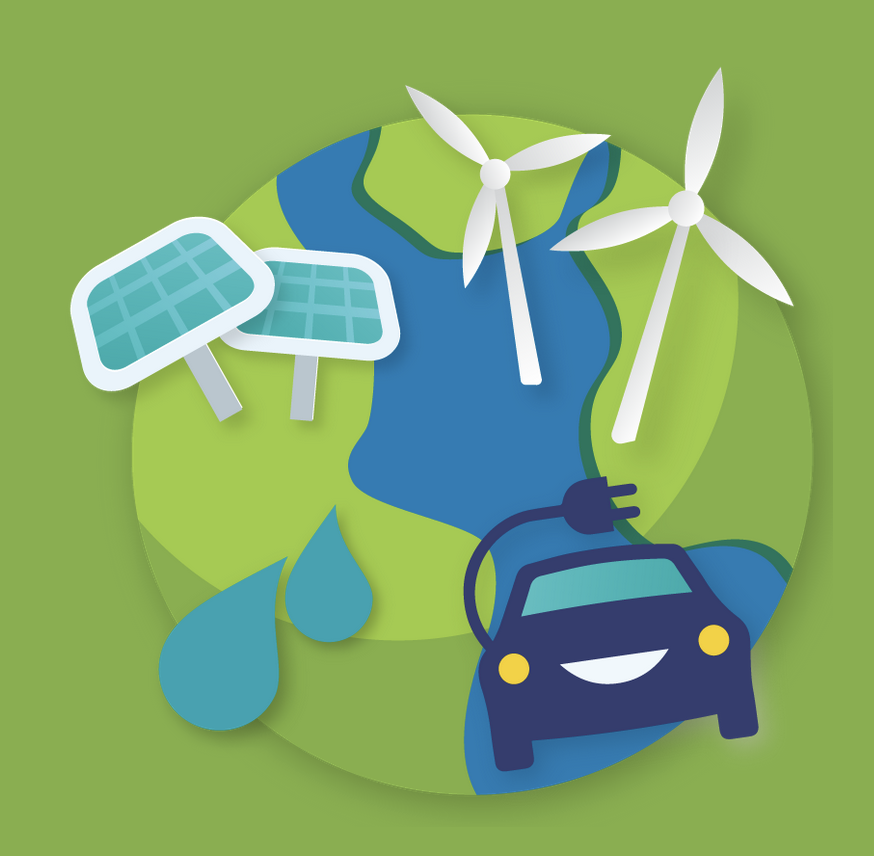
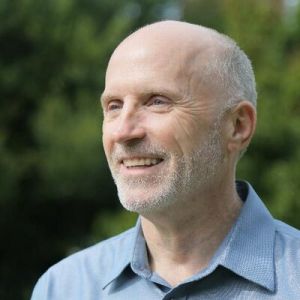
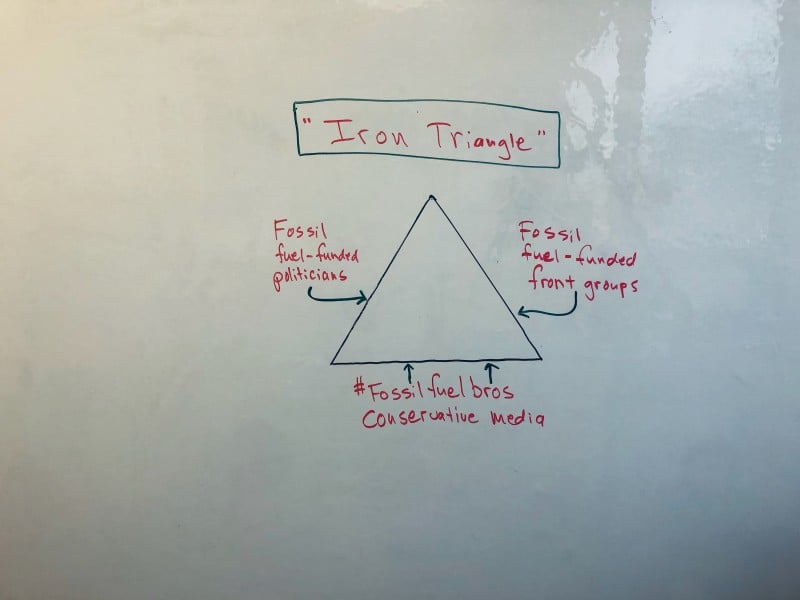
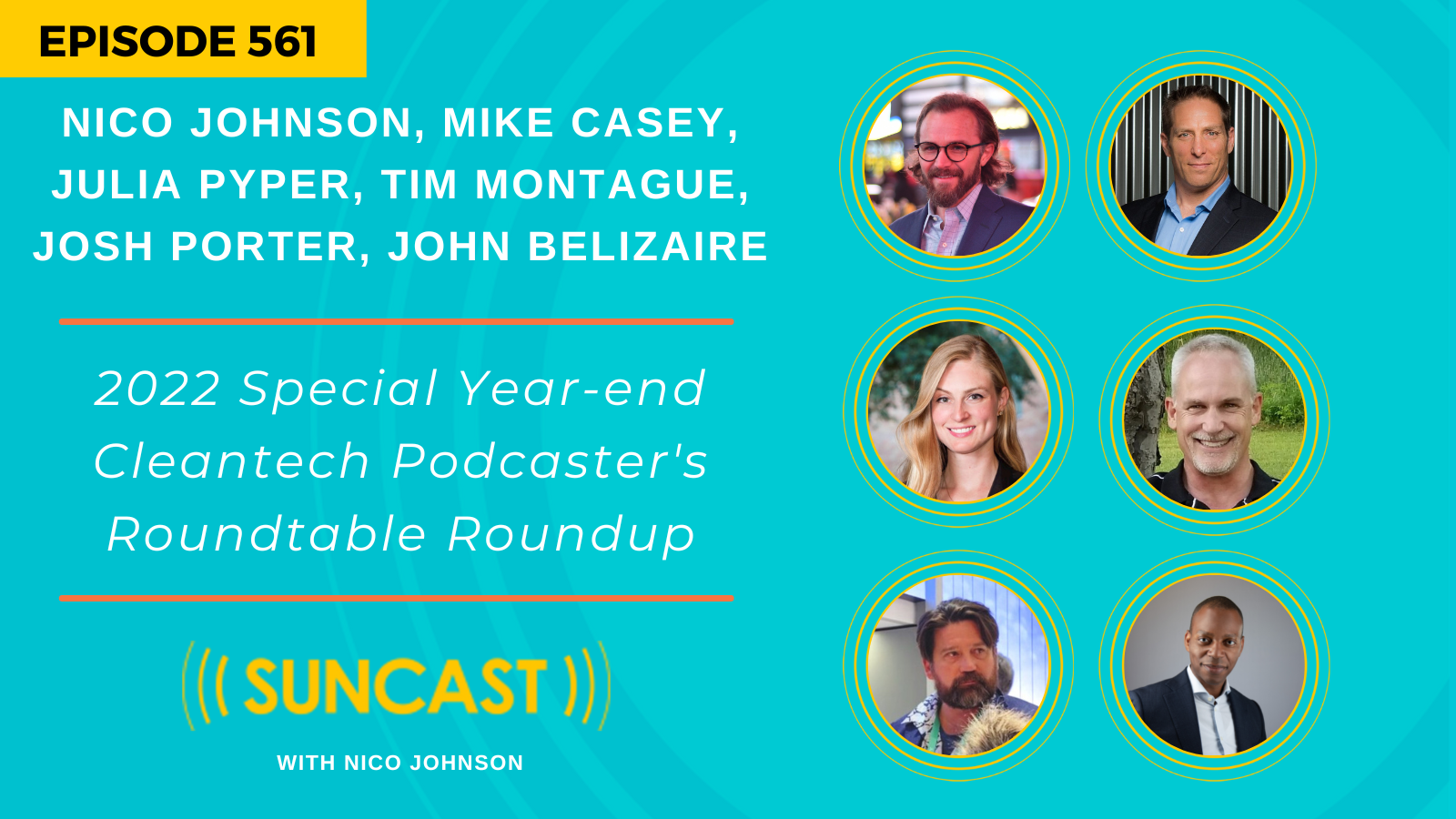

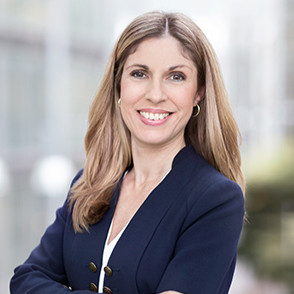
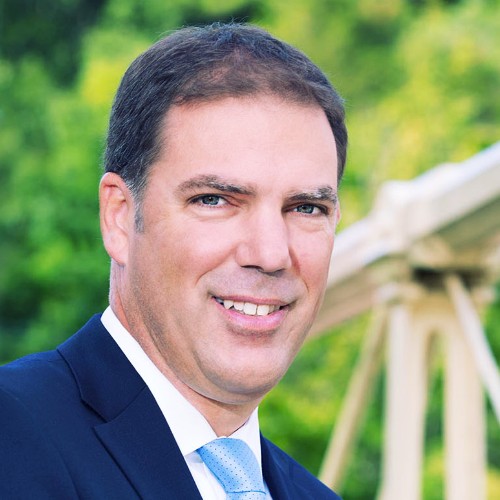


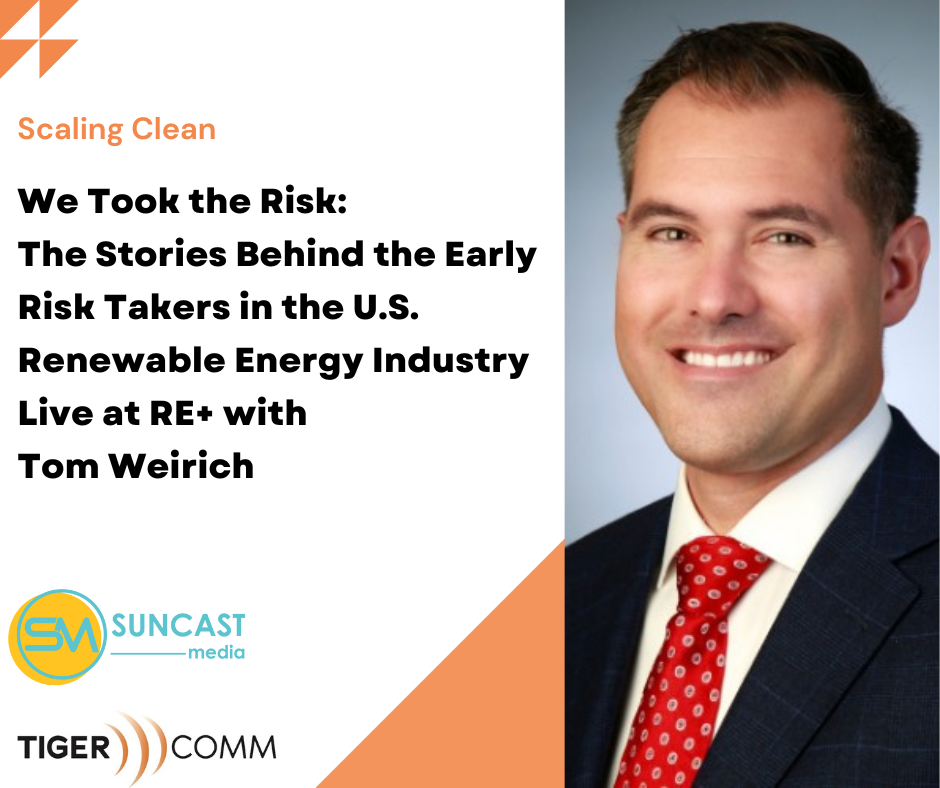
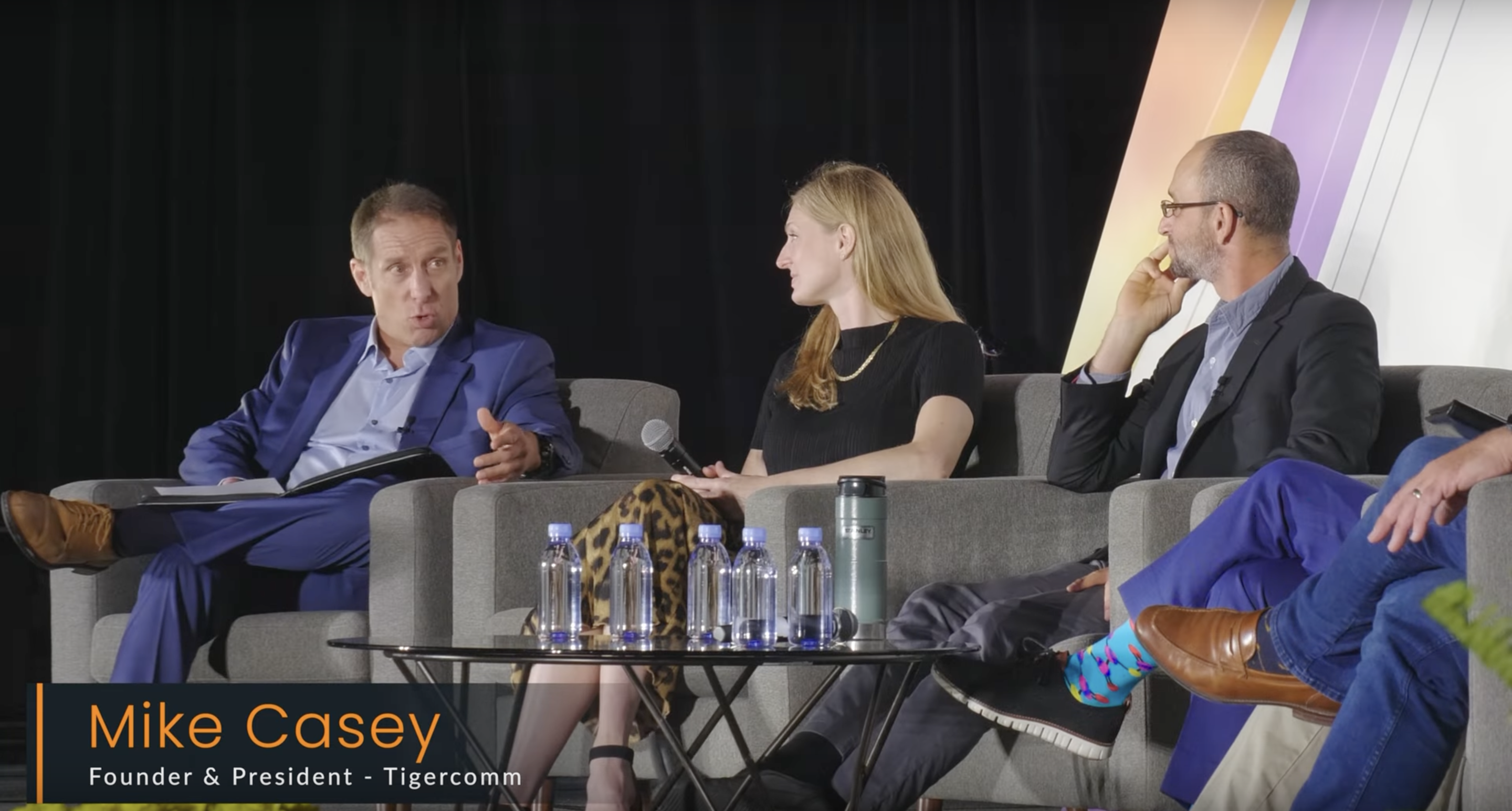
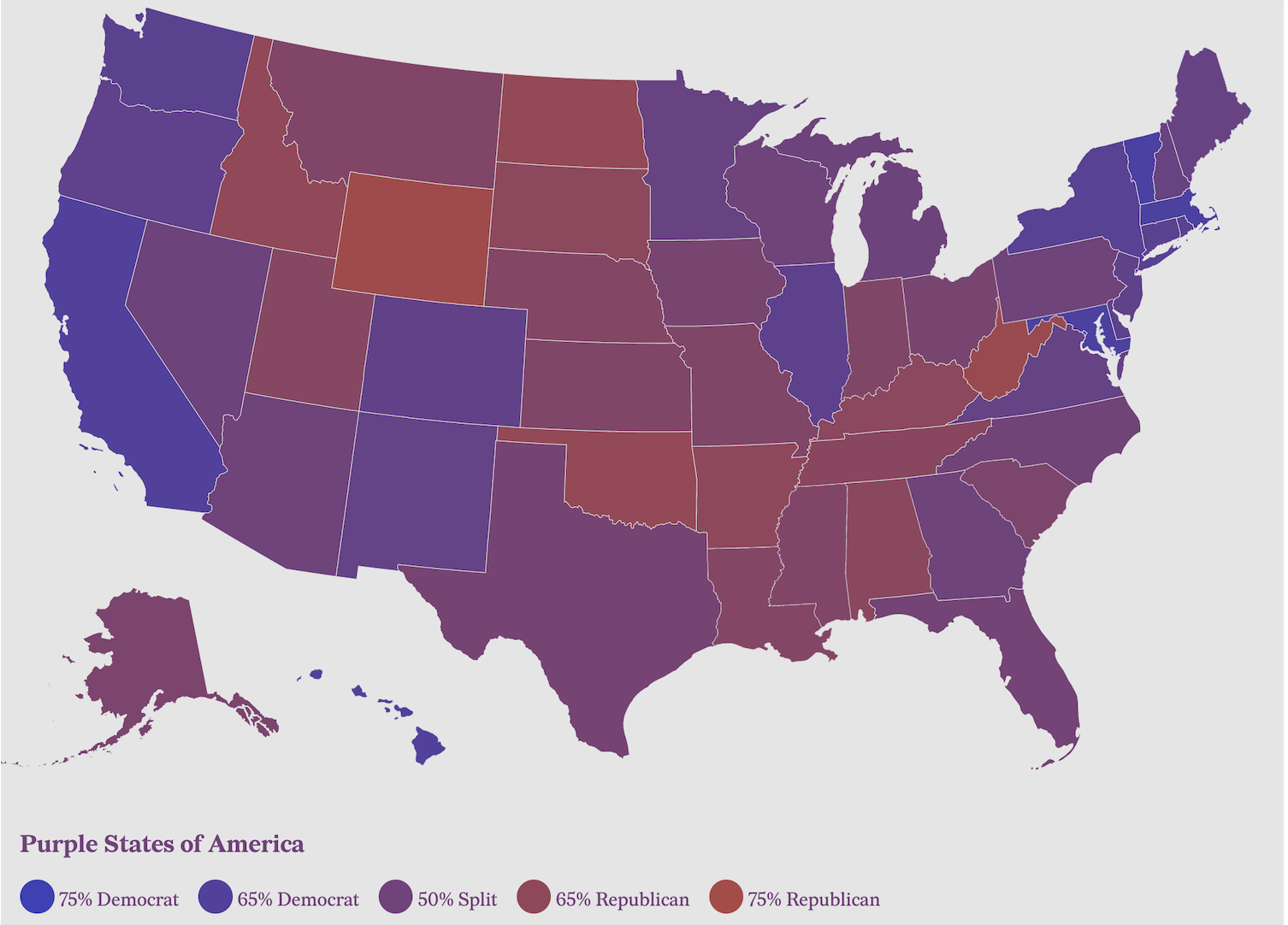


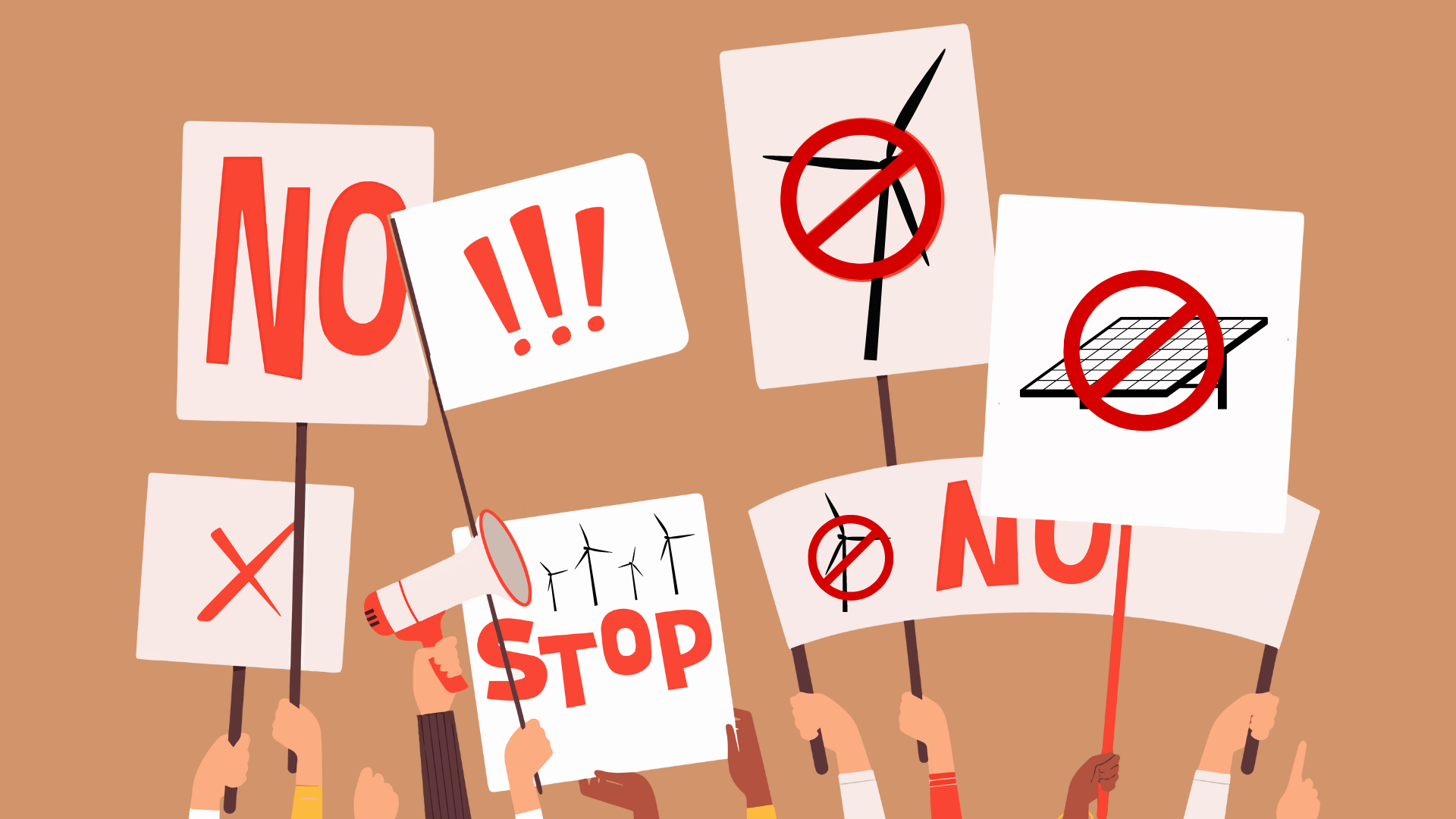
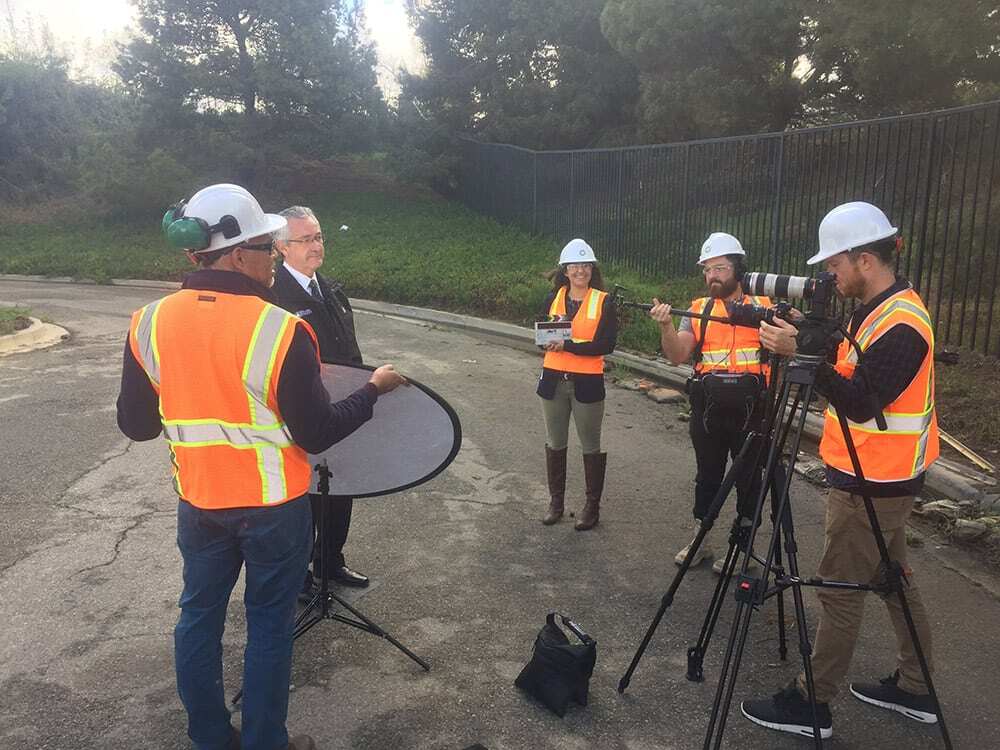
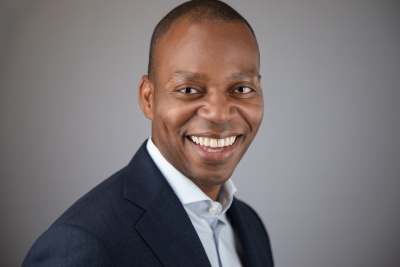

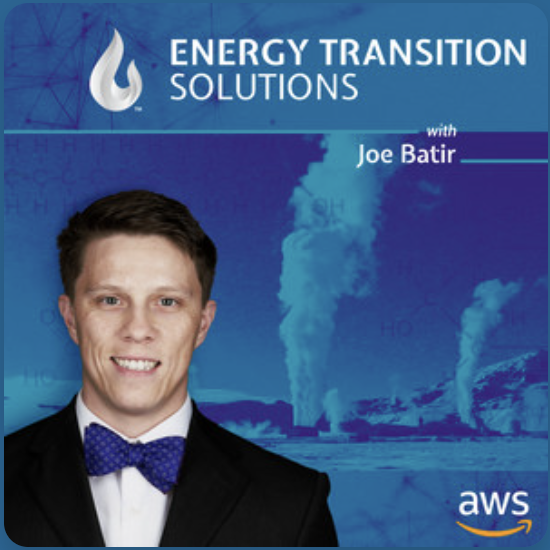
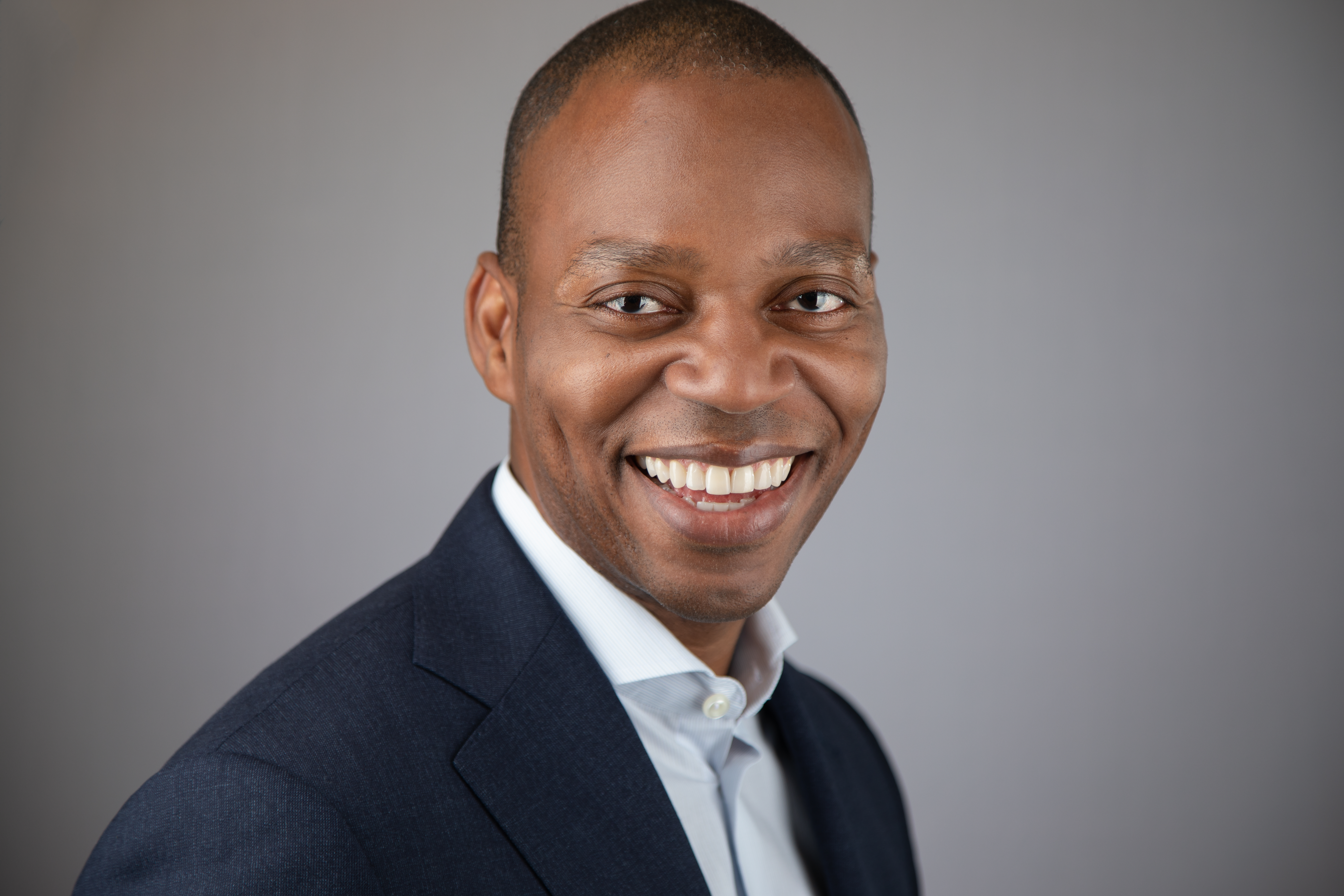
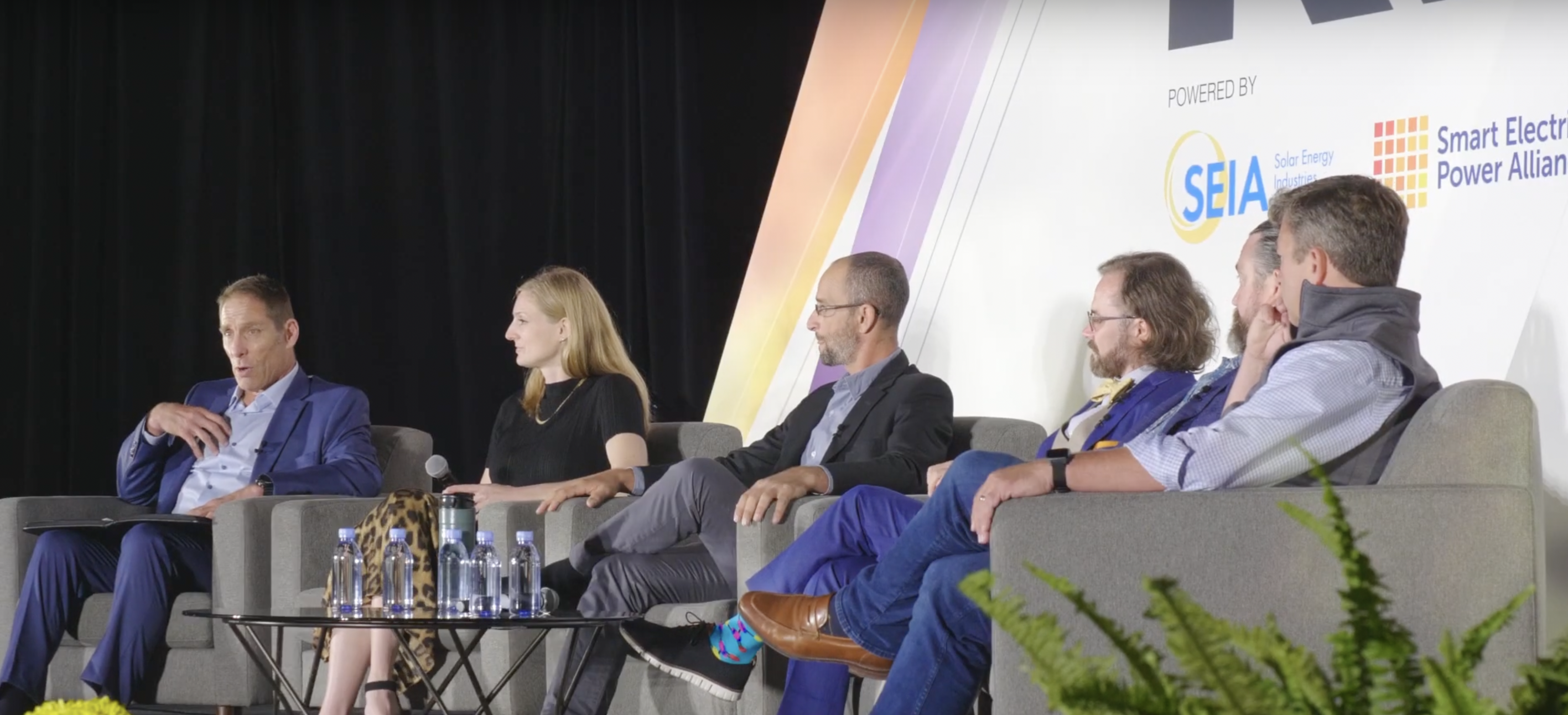
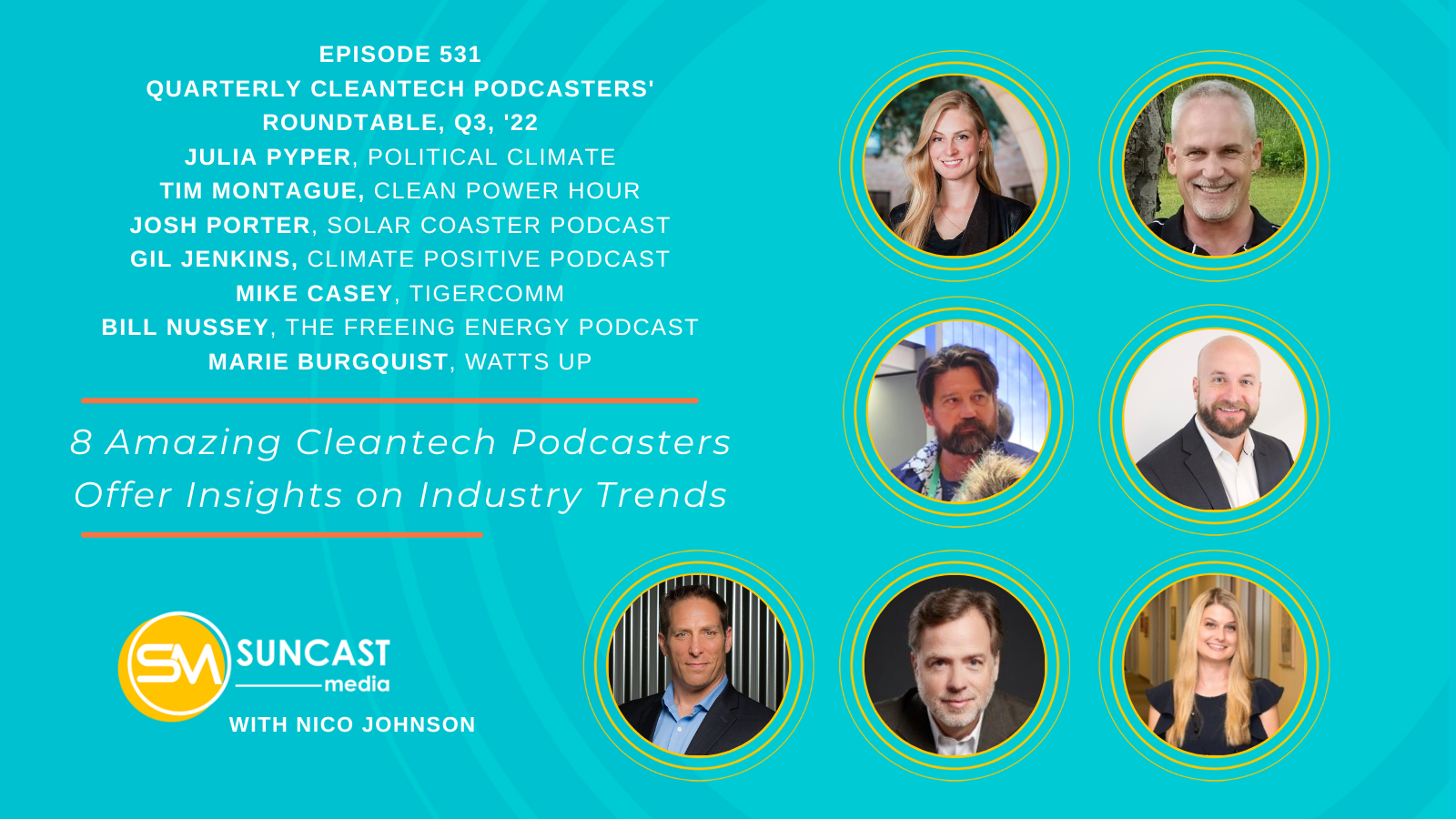
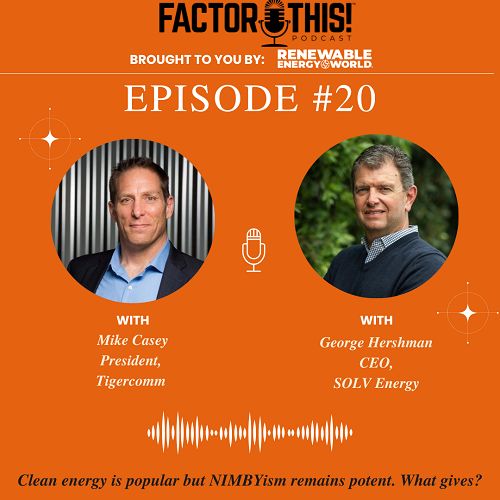
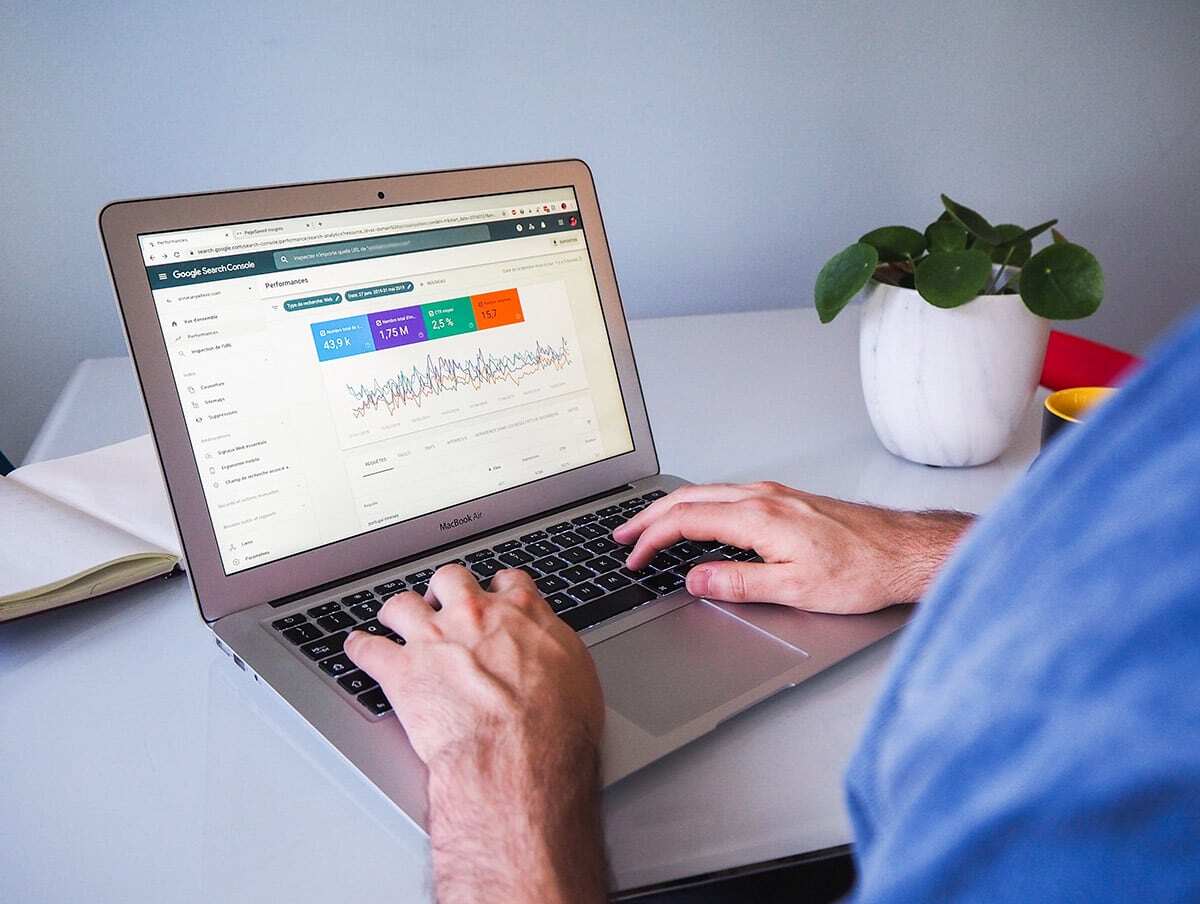
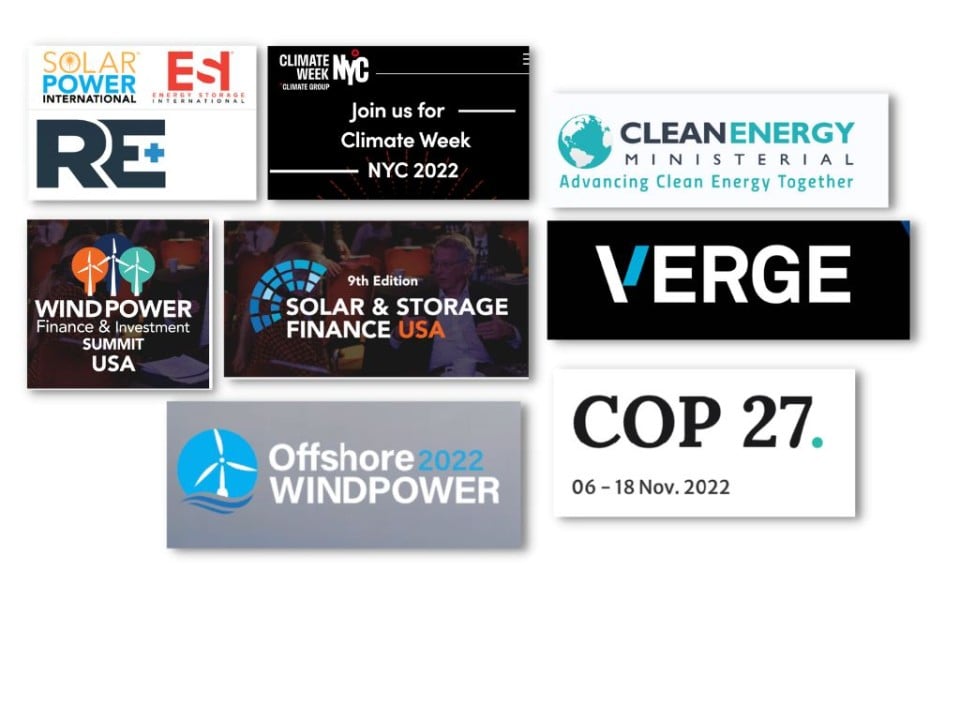

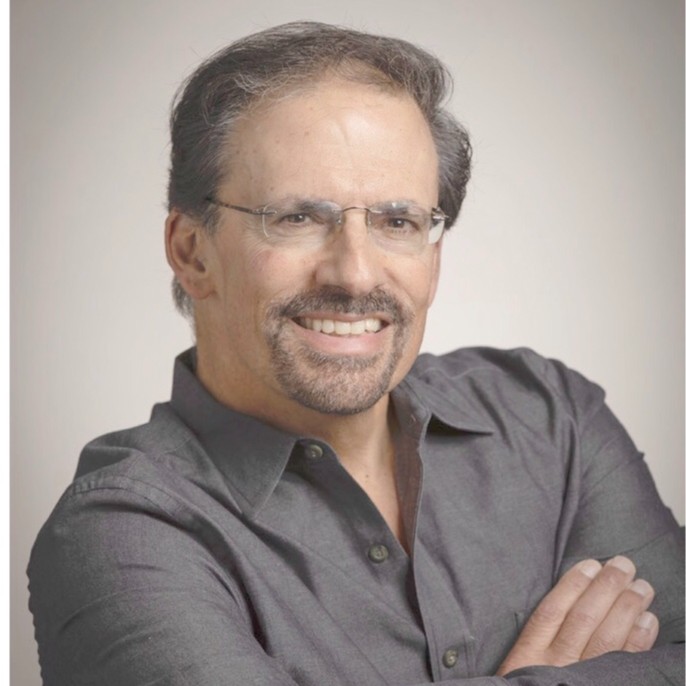
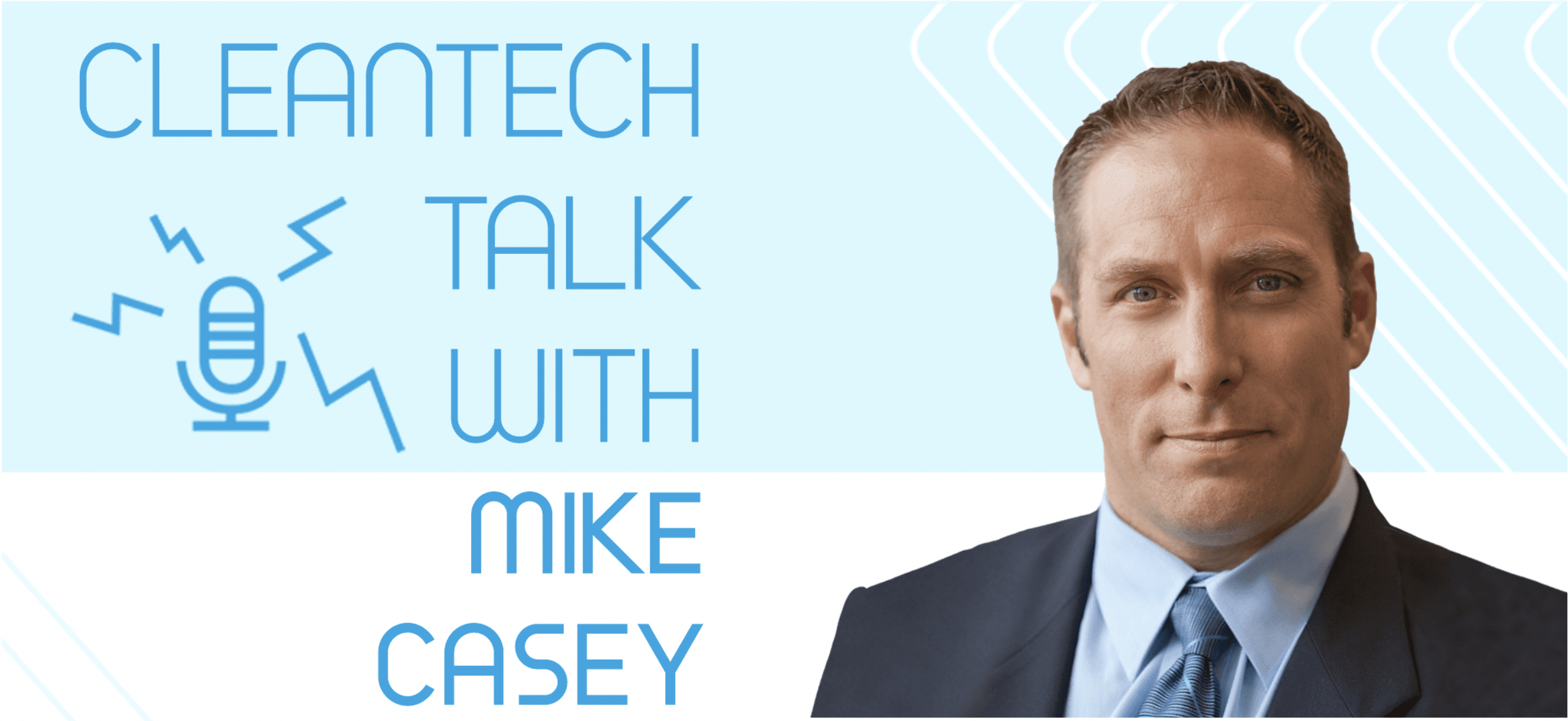
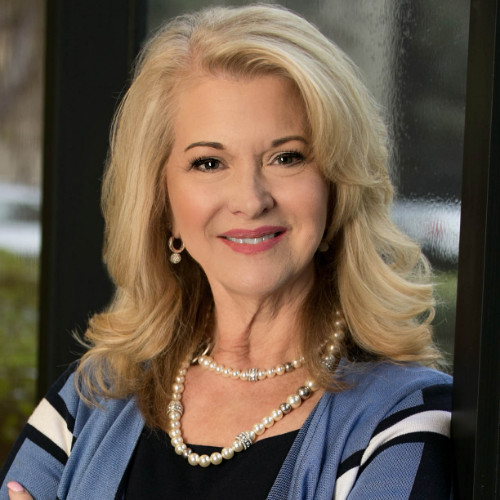
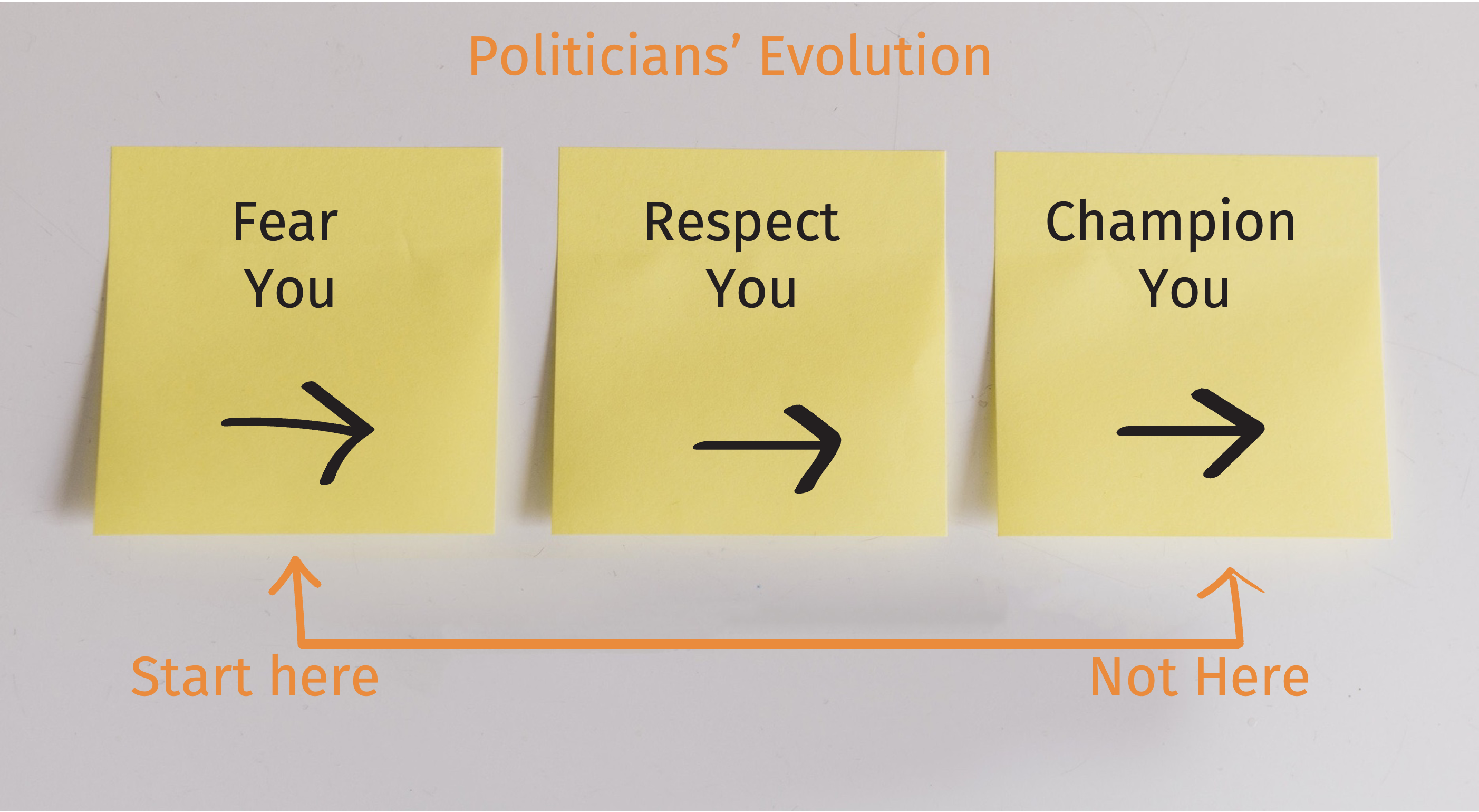
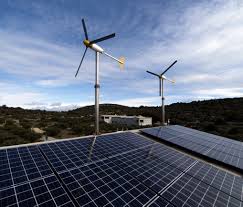
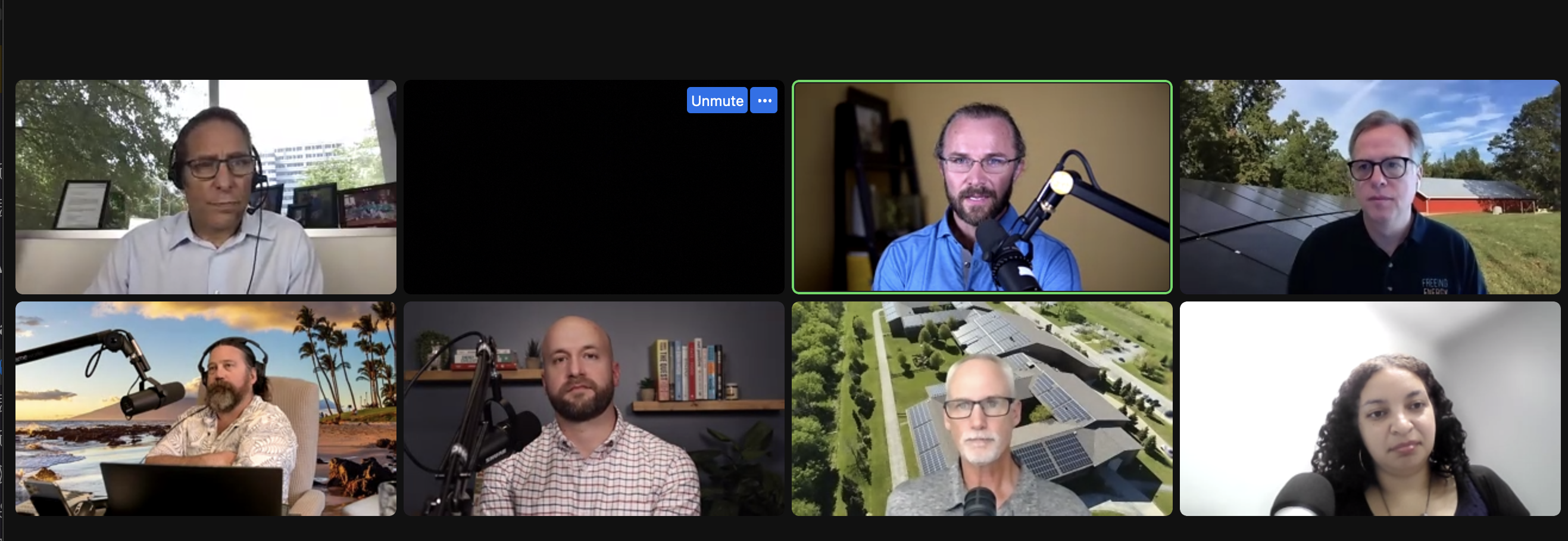
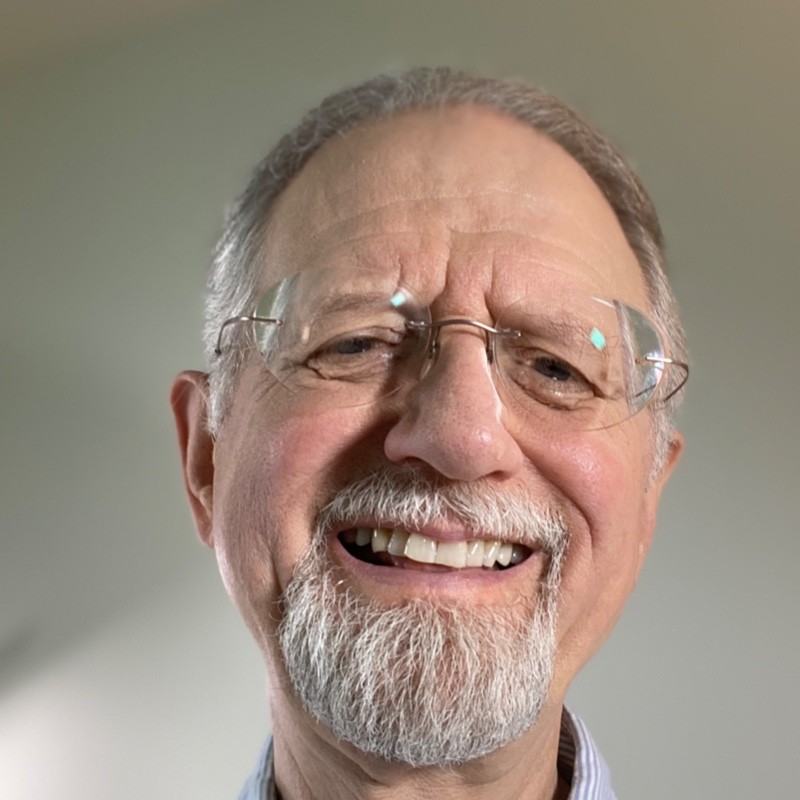

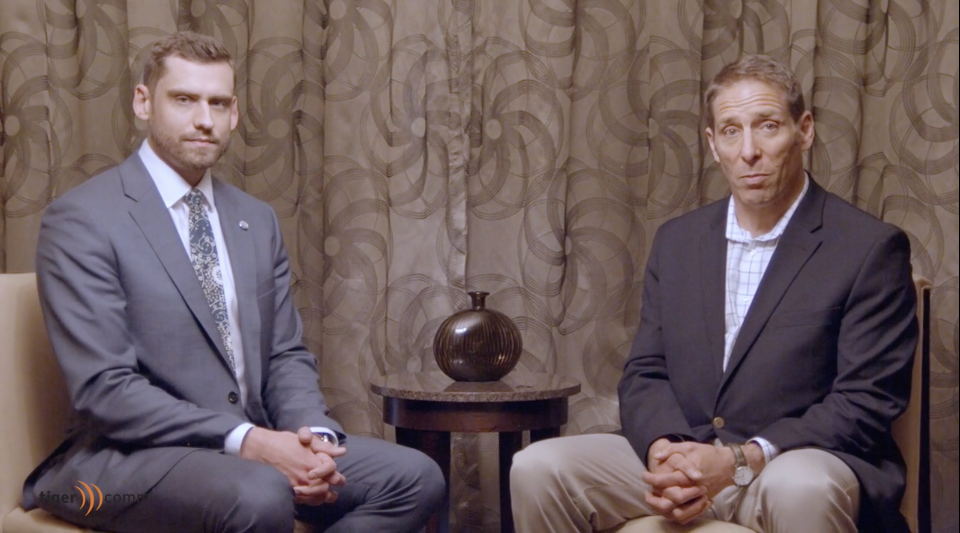

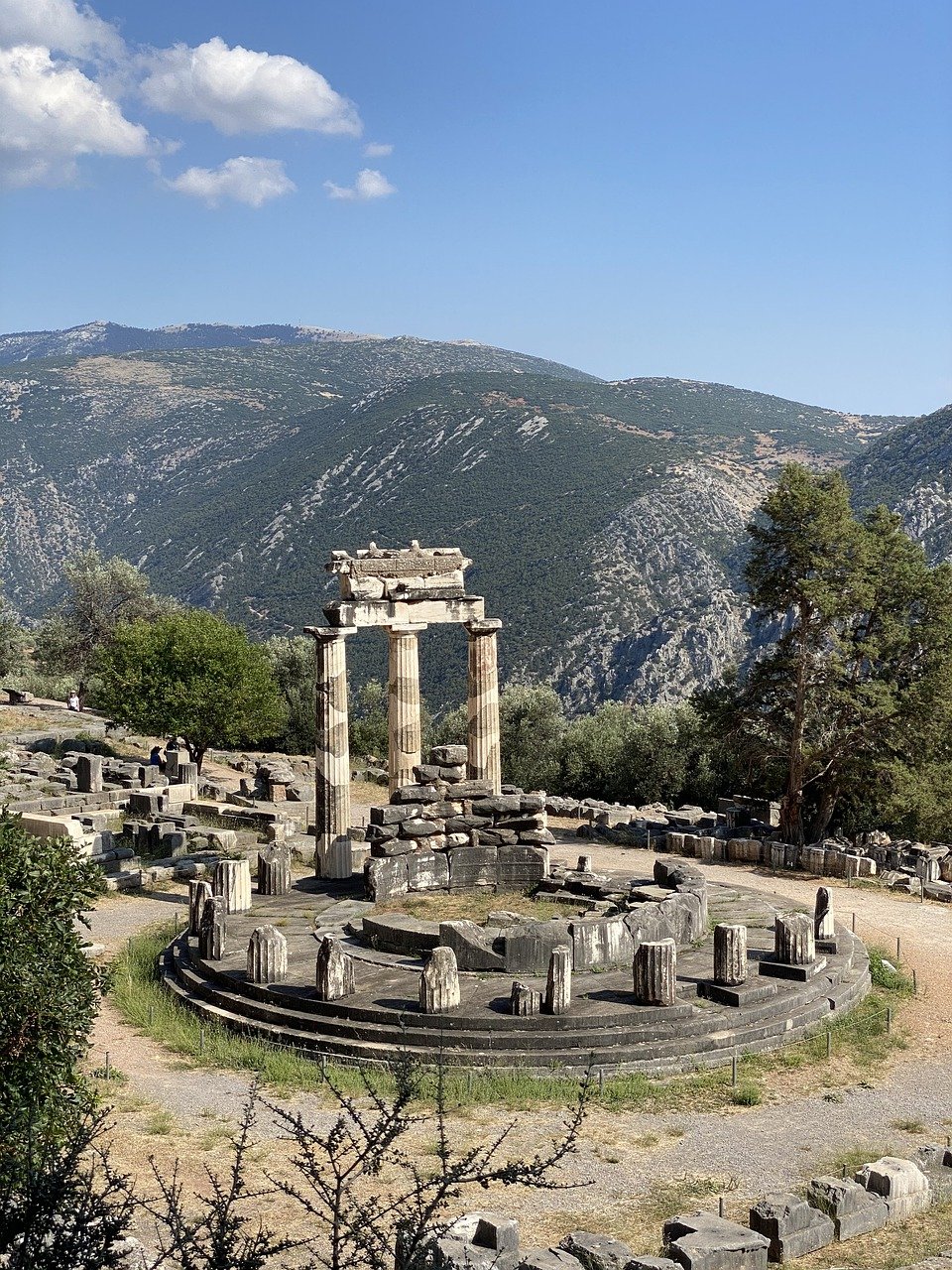
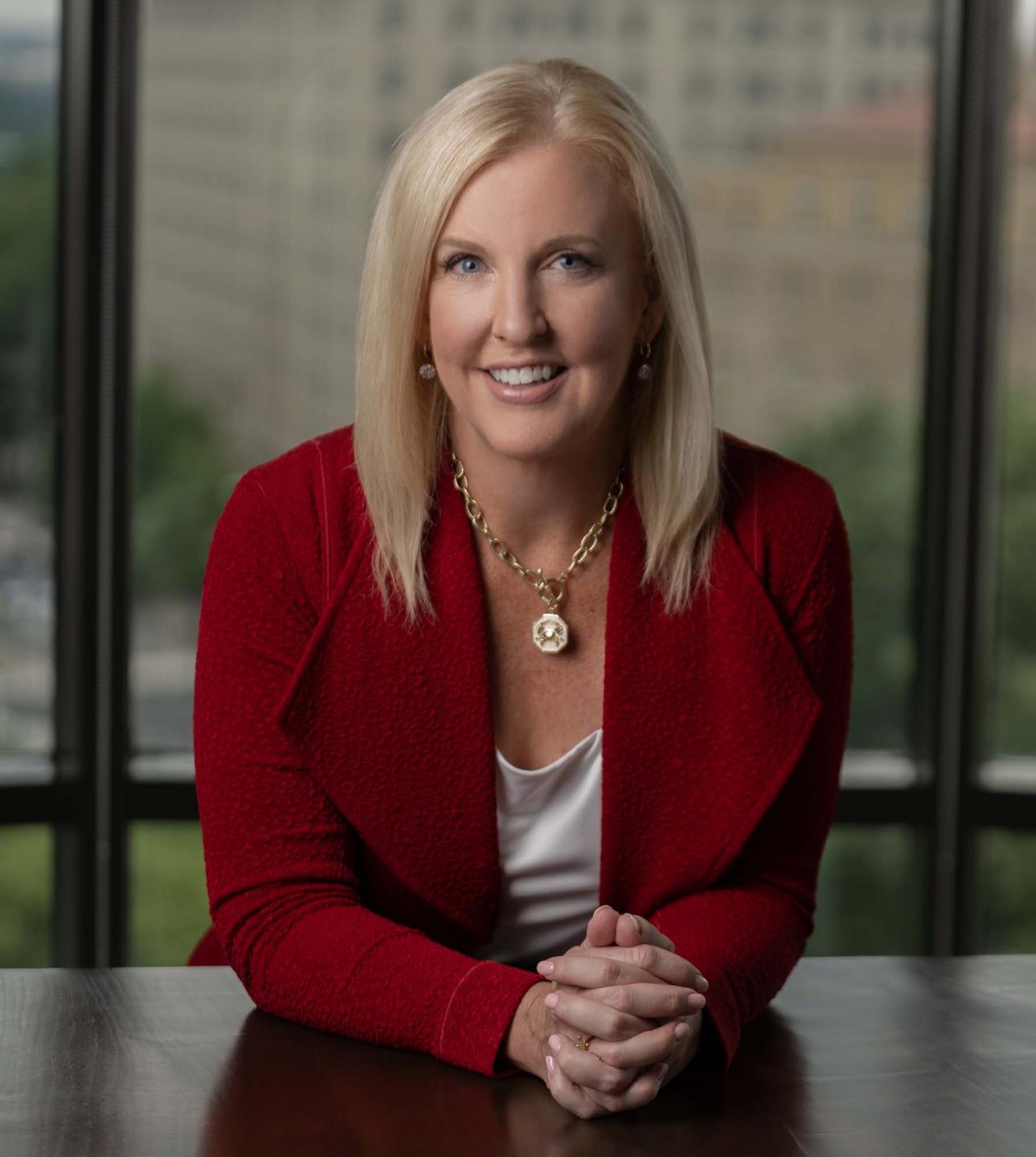
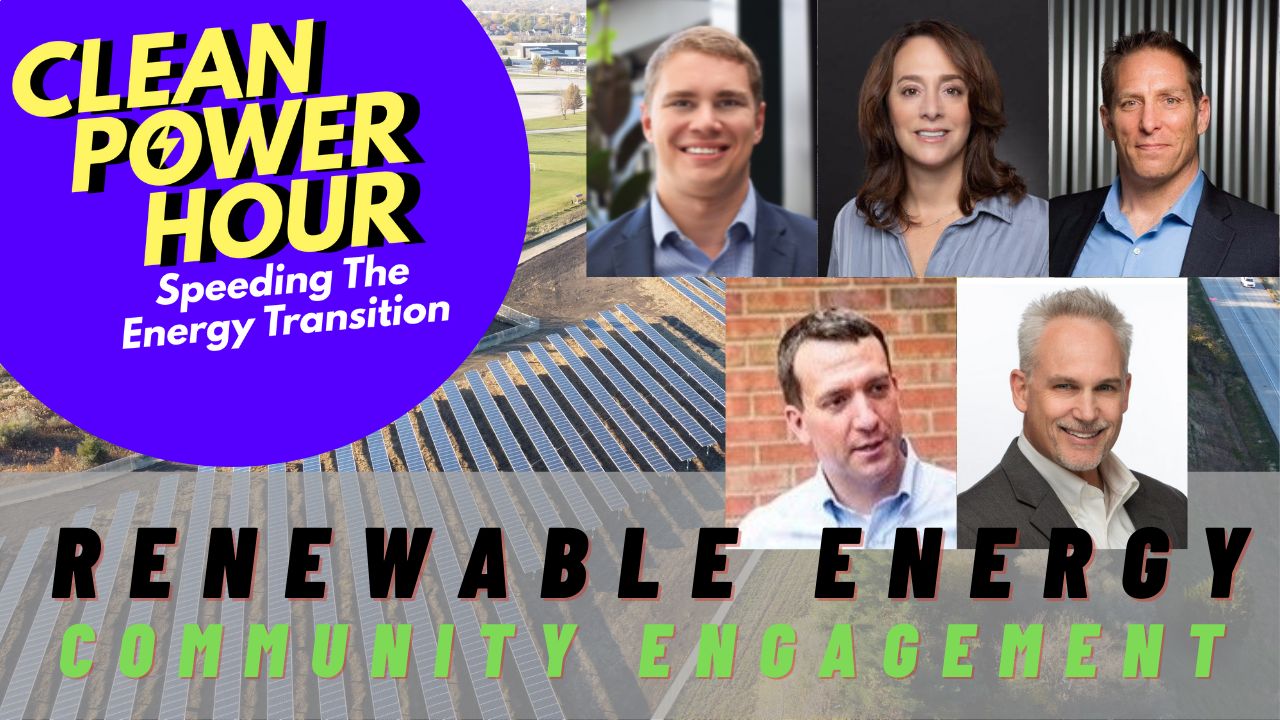
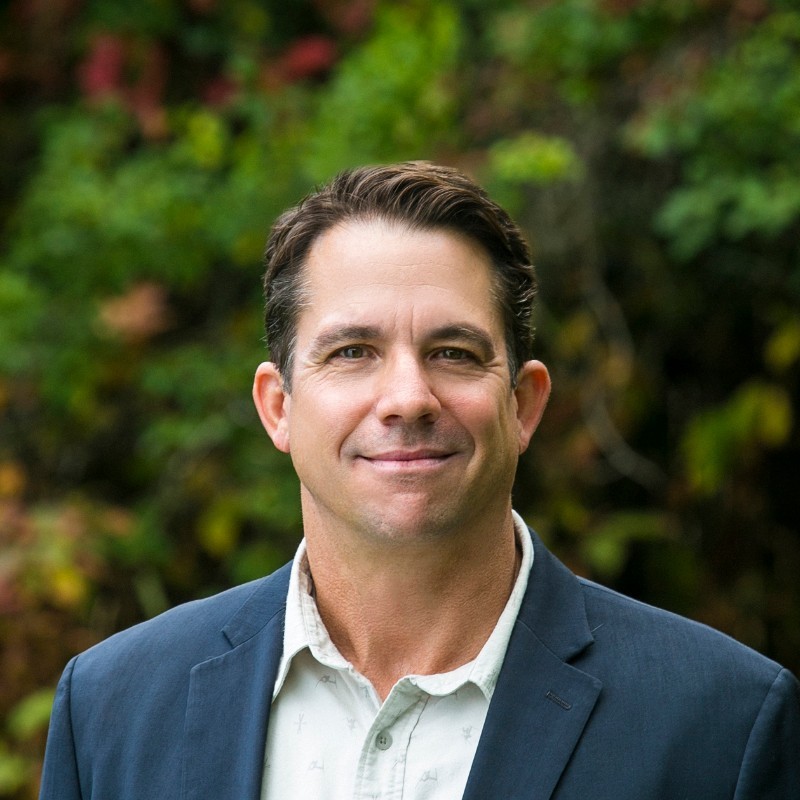
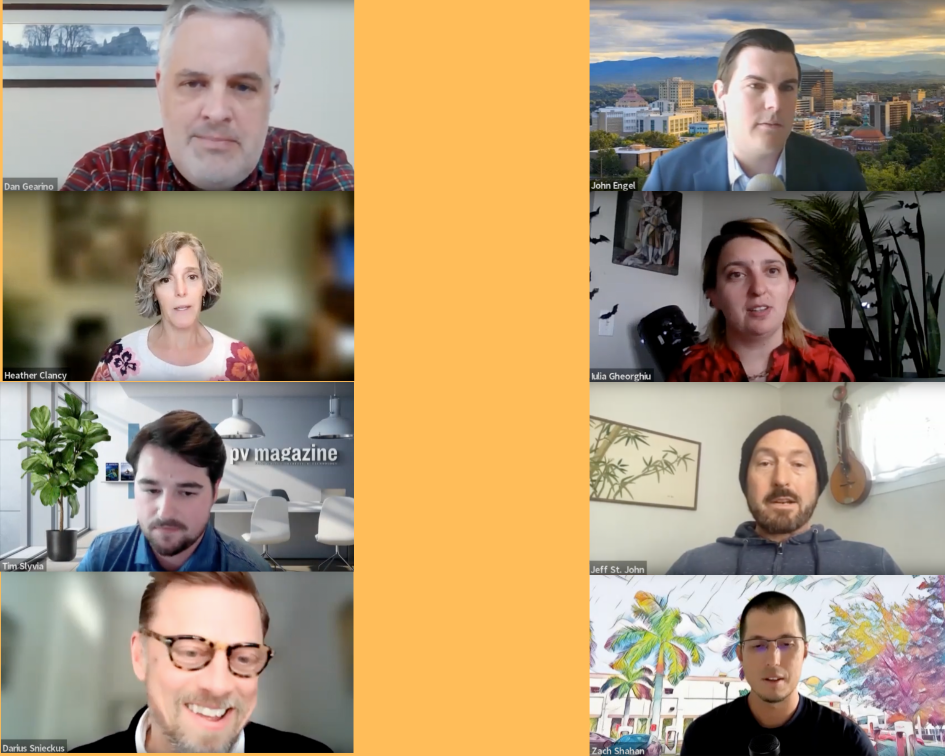

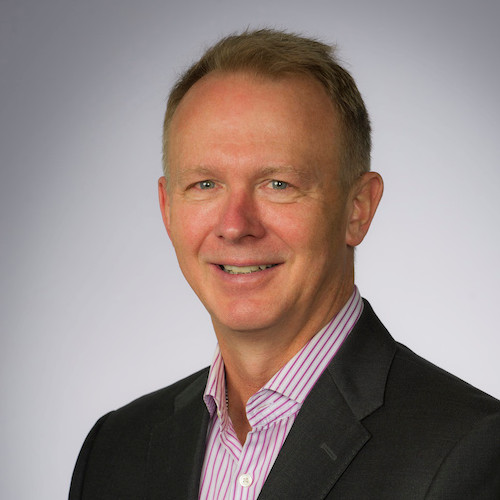
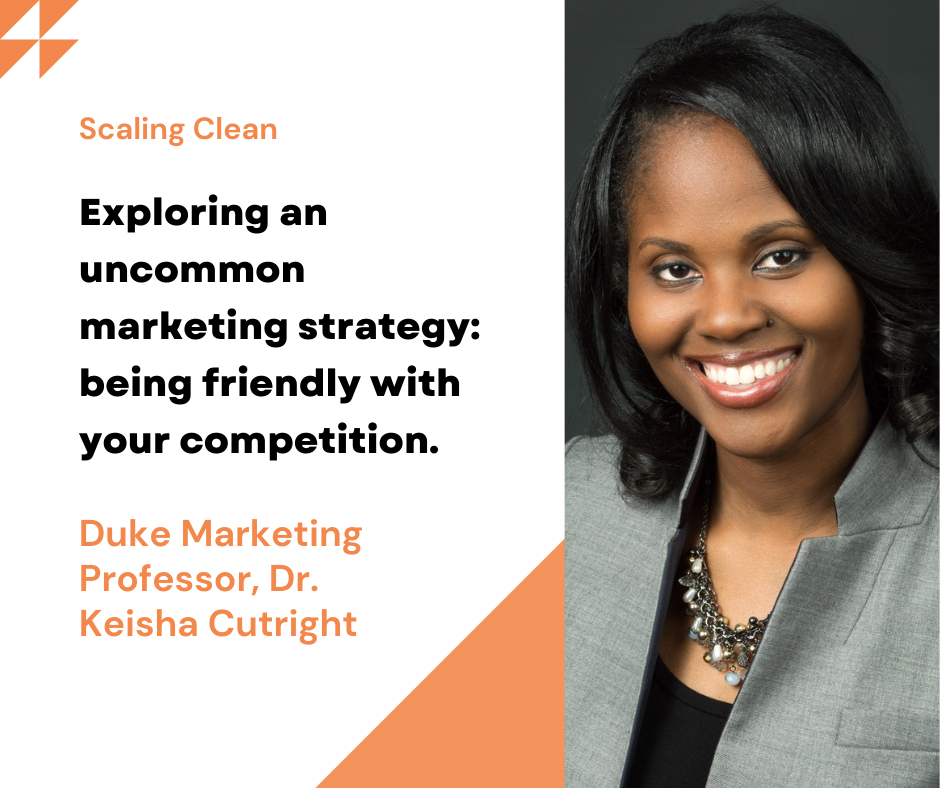
![Modern Cleantech Marketing Guide + [B2B Marketing Checklist]](https://www.tigercomm.us/hubfs/Screenshot%202022-03-08%20at%206-58-47%20PM-png.png)
